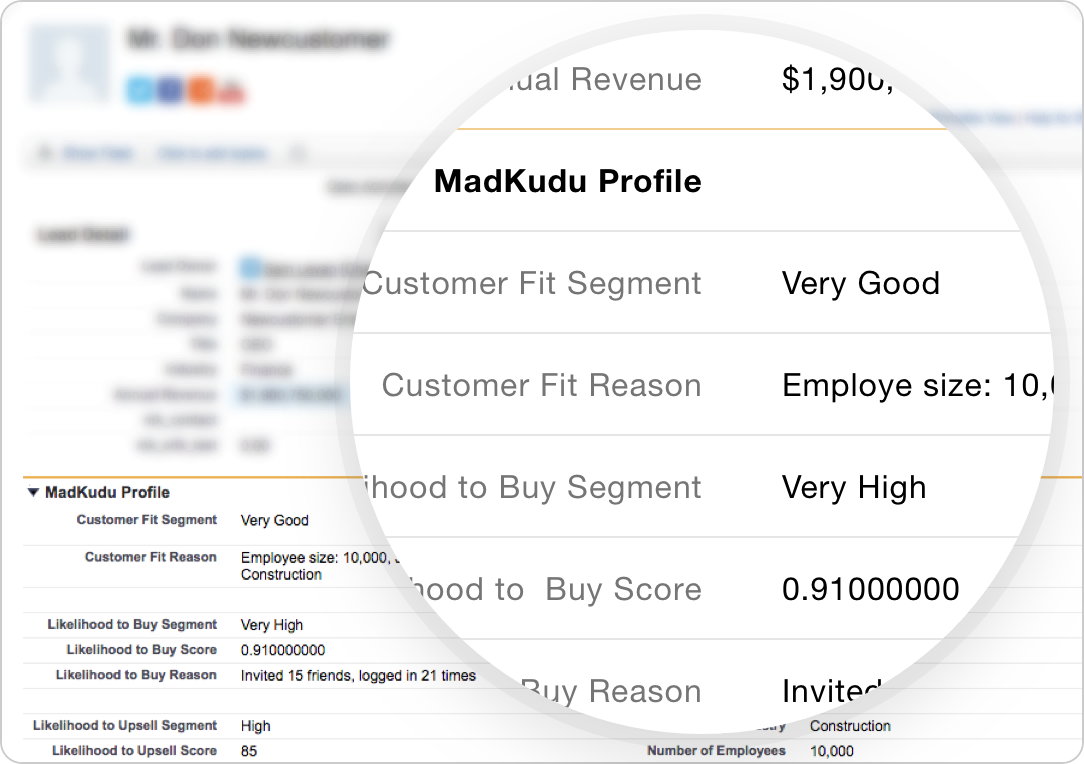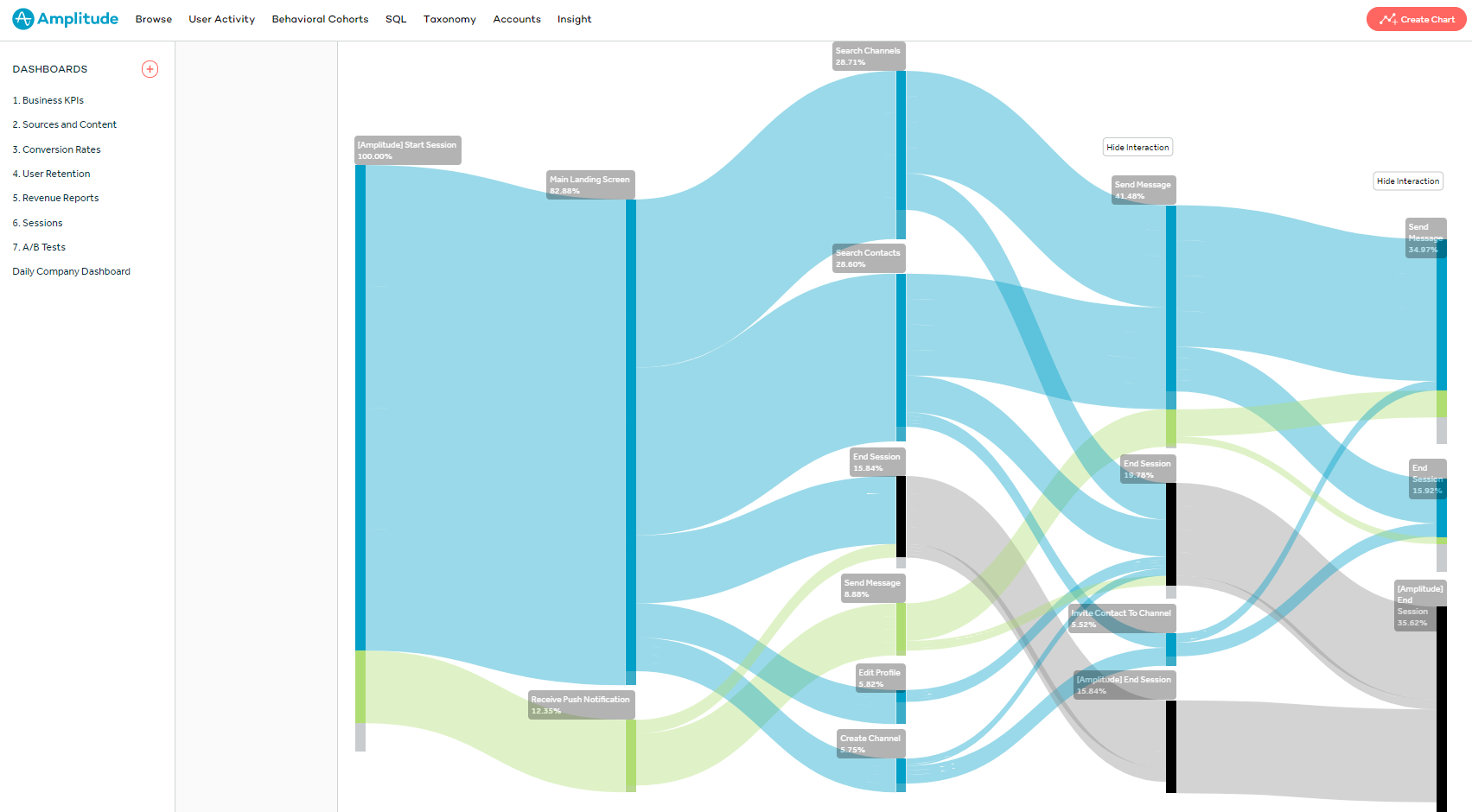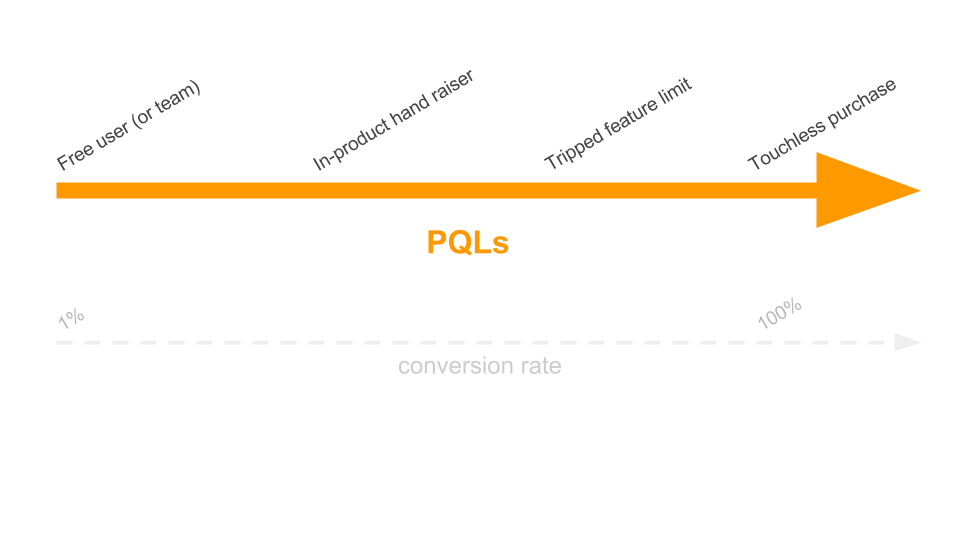Beyond MQLs & SQLs: How to use your product to qualify leads

.png)

.png)
Ask a startup how they generate new customers and, chances are, they'll talk in terms of marketing qualified leads and sales qualified leads.
Marketing qualified leads (or MQLs) are website visitors who have the potential to become great customers: they've actively engaged with your company, and they look like a good fit for getting value from your product. Sales qualified leads (or SQLs) have gone a step further, taking an action that suggests a willingness to actually buy from you.
But only 13% of marketing qualified leads ever become sales qualified, according to a B2B sales benchmark report. Those who do require 84 days of education and nurturing to be deemed “sales ready.” Even then, just 6% of those supposedly “sales-ready” prospects ever become paying customers.
Thankfully, there's another way—a qualification framework that generates active, engaged leads that require less effort to close and make better long-term customers. Instead of MQLs and SQLs, we need to start talking about PQLs—product qualified leads.
When a lead becomes marketing or sales qualified, we're using their interactions with our website—downloading an eGuide, viewing a pricing page, or submitting a contact form—to predict when they're ready to buy.
We might reach out to try to arrange a sales call with somebody who just wanted to read a free whitepaper or cold email a website visitor who clicked onto a pricing page by mistake. This common issue is having someone from the right-fit company being captured as a lead, but not being hot enough to generate a conversation leads to a high volume of MQLs but a low volume of SQLs.
Instead, the PQL—product qualified lead—framework is radically different, using in-app behavior to work out exactly when a lead is ready to purchase.

The PQL model works because SaaS companies can be set up to allow users to get value from the product before making a serious commitment:
This, in turn, allows you to identify when leads become sales-ready with much greater accuracy. Instead of relying on a proxy of sales readiness, it's possible to see how users actually engage with your product. It works by identifying actions that show users have explored the product and received enough value that they're ready for a sales conversation.
Product qualified leads are also much easier to turn into customers. The MQL/SQL framework puts the cart before the horse, selling to users before they've successfully adopted the product. Sales reps need to do more education and persuasion before a sale, and customer success reps have to work harder to ensure adoption afterwards.
By definition, product qualified leads have already adopted your product. They understand how it works, and they're getting value from it. As a result, the sales process is little more than a formality. In fact, PQLs close customers at 6x the rate of SQLs, according to Redpoint Ventures partner Tomasz Tunguz.
In its simplest form, identifying product qualified leads requires a behavioral trigger: an in-app action or series of actions that correlates most often to users being sales-ready. When a prospect takes that action, they become product qualified and get passed on to the sales team.
For a company like Expensify, that trigger might be the submission of 10 invoices. For Slack, it was a team sending 2,000 messages.
“Based on experience of which companies stuck with us and which didn't, we decided that any team that has exchanged 2,000 messages in its history has tried Slack—really tried it.” -Stewart Butterfield, Slack
At that 2,000 message milestone, a typical team of 10 people has used Slack for a week. They've experienced the product's core features—quick collaboration, fewer email exchanges, rapid file sharing—and seen firsthand the impact Slack could have on their long-term productivity. Once a team has hit that milestone, they have a 93% retention rate.
Using a tool like MadKudu, these behavioral triggers can be combined with demographic data—looking both at customer fit and likelihood to buy—to fully automate the lead qualification process. Pushing the MadKudu score to sales tools like Salesforce allows sales reps to view a detailed breakdown of every lead's current qualification status, while allowing Ops teams to prioritize lead routing as well.

Working out manually which actions correlate with sales-readiness can be a tedious process best left to MadKudu; product analytics tools like Amplitude play a valuable role in the modern marketing stack.
More than just a great way to feed precious behavioral data to MadKudu, products like Amplitude help product and marketing teams to dive in granularly into the customer journey—allowing you to drill-down into the last five actions taken by your users—which can help identify opportunities to improve the customer journey and inspiration for experiments.

By tracking conversion rates resulting from each of these actions, you can learn which behavioral signals are indicative of sales intent and adjust your definition of a product qualified lead to match.
For a company that generates thousands of leads, it isn't always enough to have a binary, qualified/unqualified system. You also need a way to prioritize following up with those leads.
This was a problem experienced by HubSpot's VP of Product, Christopher O'Donnell. When he dug into the company's acquisition strategy, he identified four distinct sub-types of product qualified leads:
At one end of the spectrum, we have a free user who has triggered our PQL criteria, completing an action like sending 2,000 messages or submitting 10 invoices. Though this user has experienced the core value of our product, there's no guarantee they're ready to buy: they might be happy sticking to our free plan.
Of all our PQLs, these users will require the most sales involvement to become customers: they need to be persuaded that a paid plan is significantly more valuable than the free plan they're currently using.

Most companies define “Hand raisers” as PQLs who have filled out a contact form to explicitly ask for sales support. They're more sales-ready than other free users but might still require a few sales touches to convert.
Next are users who have tripped a feature limit on their free plan, like a Slack user reaching their message history limit. These users have successfully adopted the product, so much so that their usage has outstripped their free plan, requiring very little persuasion to become paying customers.
At the far end of the spectrum are “touchless purchases,” free users who are so sold on the value of the product that they become fully-fledged customers without any sales action.
Each of these users is product qualified, but they differ in how much nurturing they need to become customers. By identifying multiple product qualification criteria, it becomes easier to recognize these differences and tailor the sales process to their exact needs.
Instead of trying to persuade someone to purchase a product they've never used, you're helping them get more value from a product they already love. Instead of guessing their needs from a contact form submission or the pages they've visited on your website, you can actually see how they're using your product and shape your sales process to match.

By switching to PQLs, you're no longer reliant on slick sales patter to close deals. You're letting your product—the heart of your business, and the reason your customers part with their money each month—sell itself.
Product qualification isn't just a way to speed up sales and improve conversion rates. By using in-app engagement as your primary qualification metric, you're making a clear, unequivocal declaration: customer experience comes before customer revenue.
Instead of focusing your energy on selling a product to people who have never used it, you're offering a great product experience, up front, and using the strength of your product to sell itself. You're using your sales team to support the product and making product adoption your number one priority. You're generating leads that are easier to close—and most importantly—creating customers who are guaranteed to get value from your product.